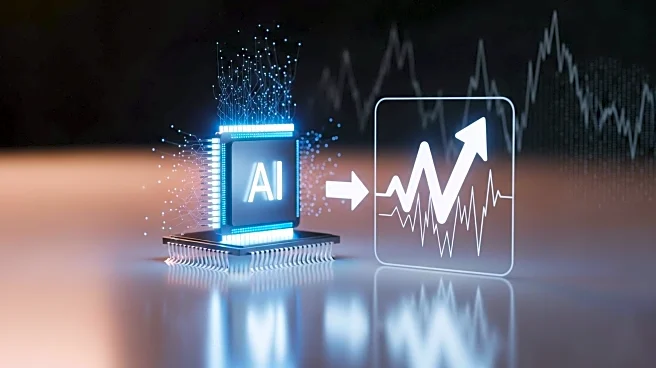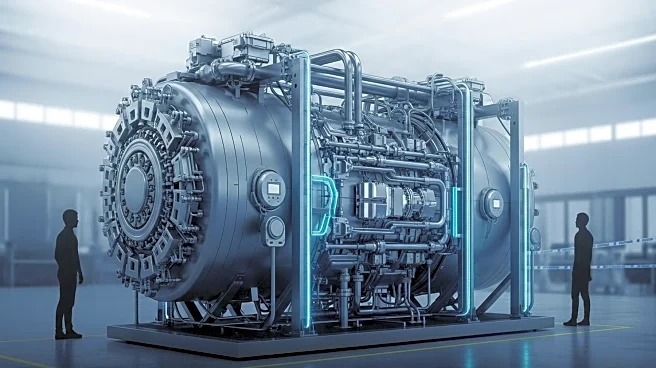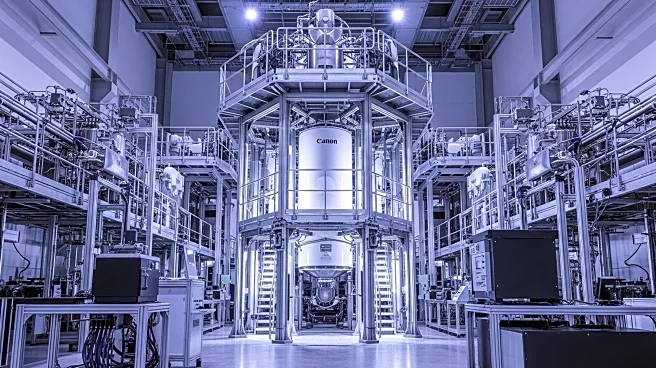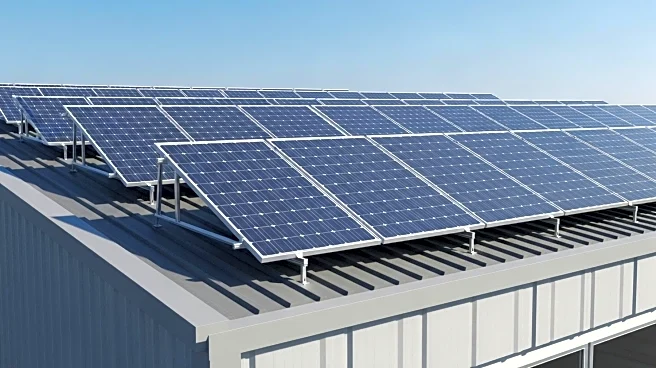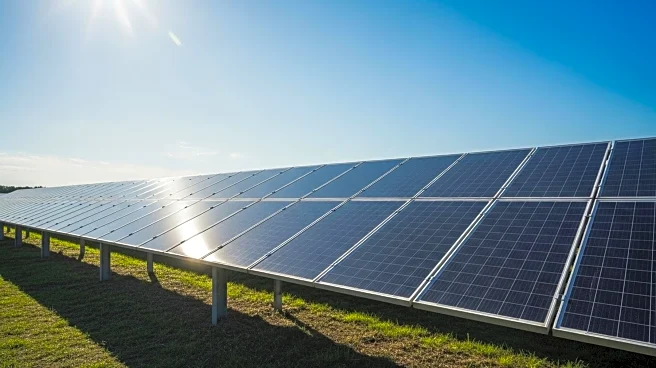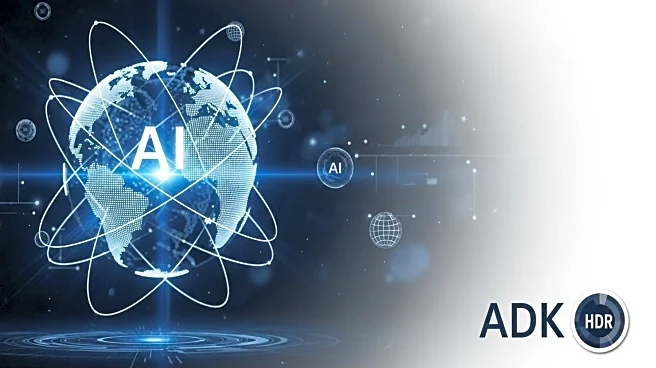What's Happening?
The construction sector is projected to account for nearly half of the growth in global electricity demand by 2035, according to the International Energy Agency. Currently, buildings contribute to about a third of global energy use and nearly 28% of energy-related carbon emissions. This increase in demand is driven by population growth, urbanization, and the rising use of electronic devices. The adoption of artificial intelligence is also contributing to higher electricity consumption, particularly in data centers. As fossil fuels are phased out in favor of electricity, the demand for cooling buildings is expected to double by 2035 and triple by 2050. However, smart design and construction techniques, such as using low-carbon materials and modular construction, can significantly reduce emissions and energy use. Integrating solar panels and battery storage into buildings allows them to generate, store, and export energy, contributing to a decentralized and flexible energy future.
Why It's Important?
The projected increase in electricity demand from buildings poses a significant climate risk, potentially leading to soaring emissions and strained grid systems. However, it also presents a design opportunity to implement sustainable building practices that can mitigate these risks. By adopting smart design principles, such as passive building techniques and energy efficiency innovations, the construction sector can reduce energy consumption and contribute to climate goals. This shift is crucial for achieving net-zero targets and ensuring energy security. The rise of the 'new-collar' workforce, which includes skilled construction roles requiring rigorous training and adaptability, is expected to remain in high demand, further emphasizing the importance of sustainable practices in the industry.
What's Next?
The construction industry is likely to see increased adoption of smart design and sustainable building practices as governments and businesses strive to meet net-zero targets. This includes the use of low-carbon materials and modular construction techniques to reduce emissions. The integration of renewable energy sources, such as solar panels and battery storage, will become more common, allowing buildings to participate in a decentralized energy future. As these practices become more accessible and integrated, property owners will be encouraged to decarbonize and future-proof their buildings. The focus will be on creating buildings that are not just passive consumers of energy but active prosumers, leading the way in tackling energy and climate challenges.
Beyond the Headlines
The shift towards smart design in construction has ethical and cultural implications, as it promotes sustainability and environmental responsibility. It challenges traditional construction practices and encourages innovation in building design. The emphasis on reducing energy consumption and emissions aligns with global climate goals and reflects a growing awareness of the need for sustainable development. This transition also highlights the importance of policy support and expert guidance in driving change within the industry. As buildings become more energy-efficient and environmentally friendly, they contribute to the well-being of occupants and the broader community, fostering a culture of sustainability.


